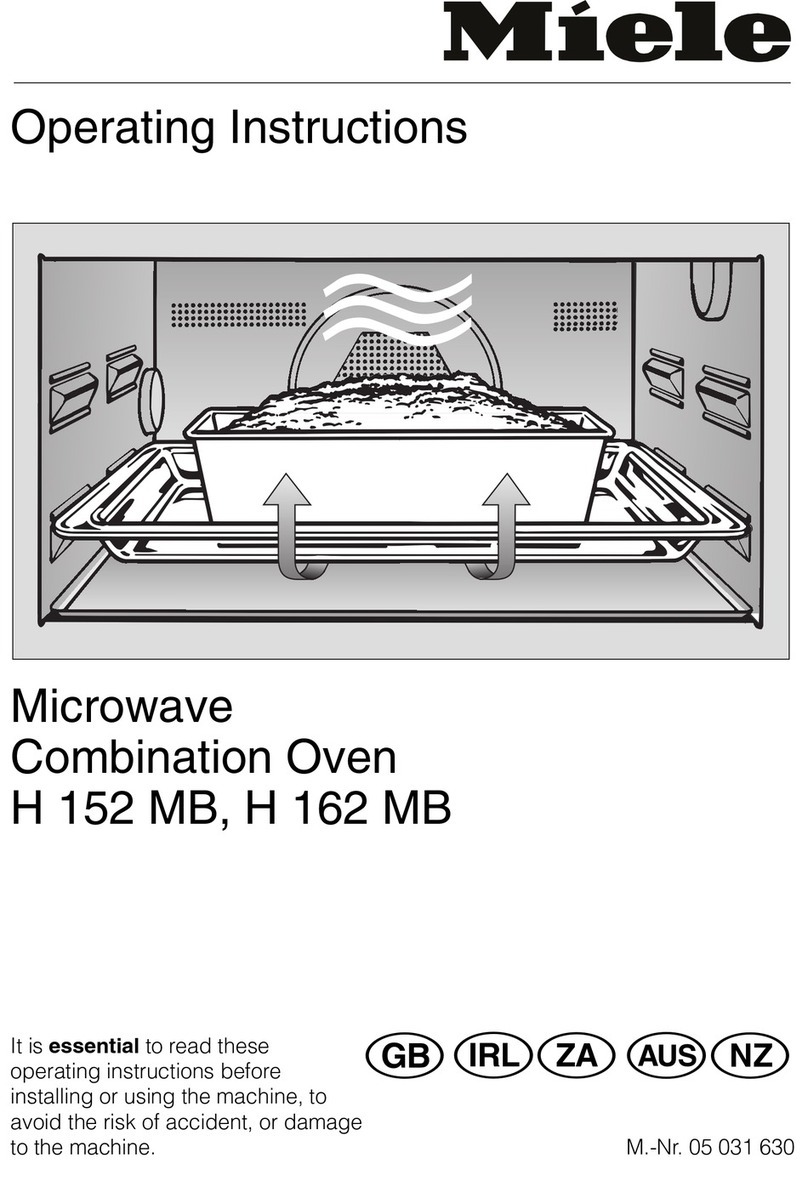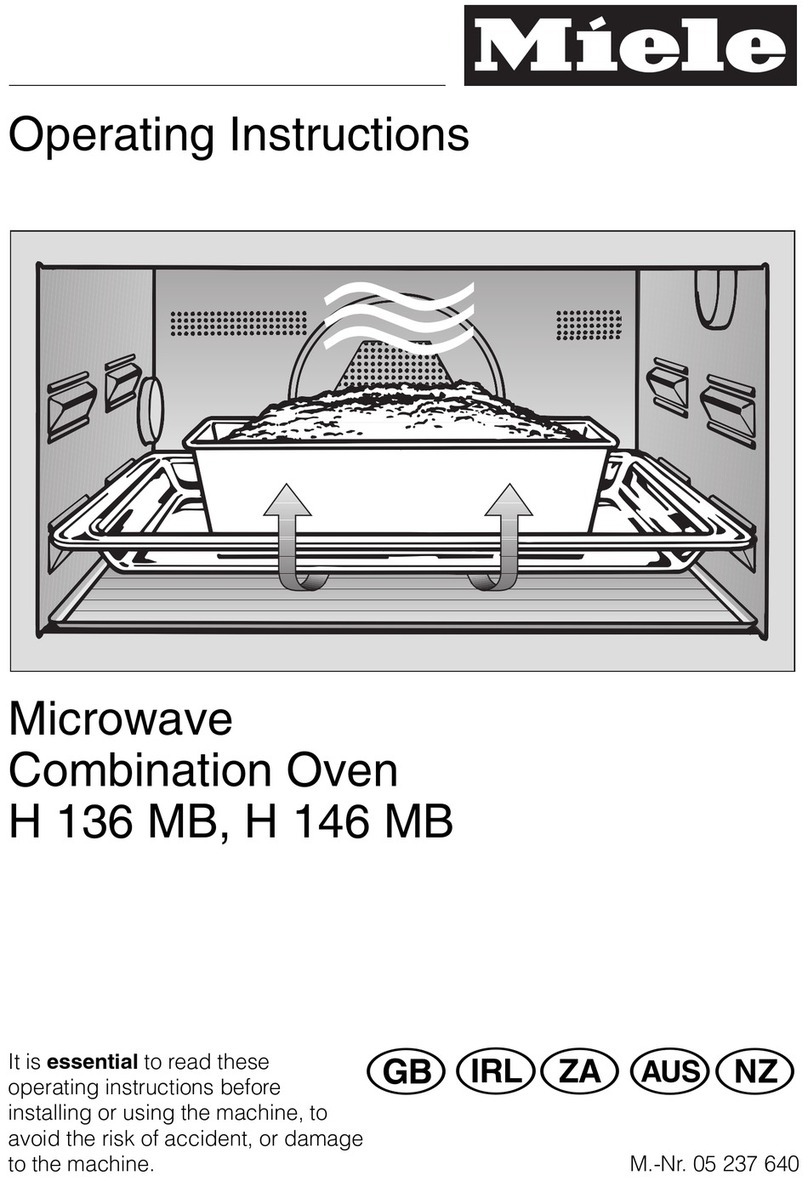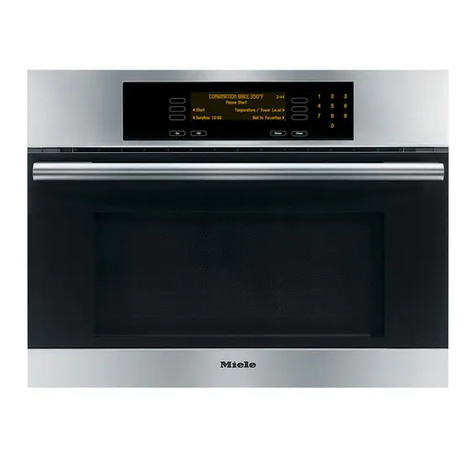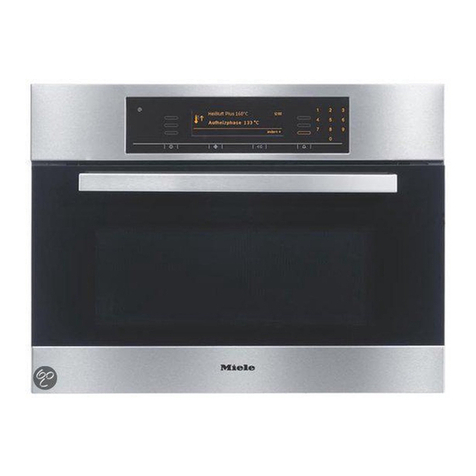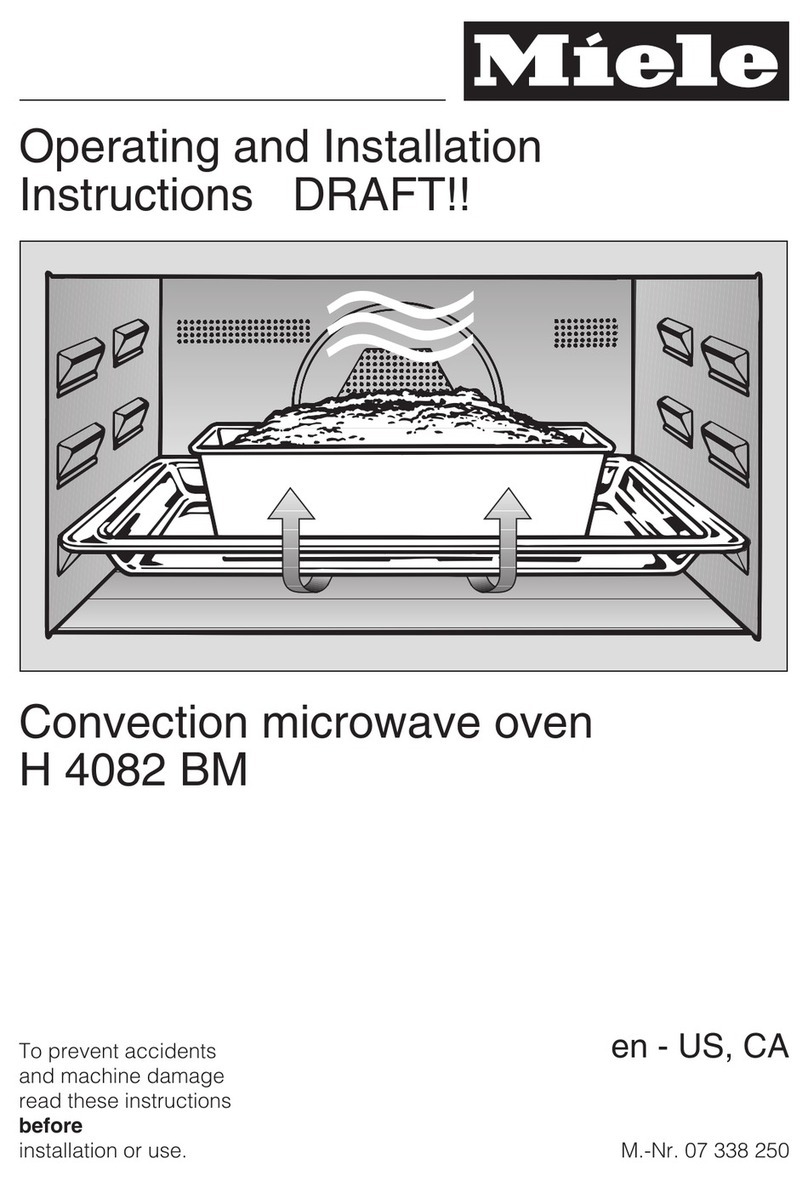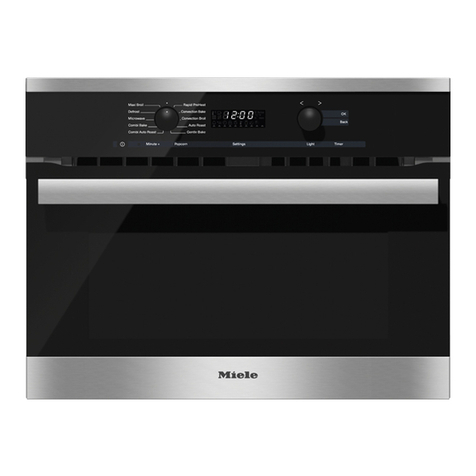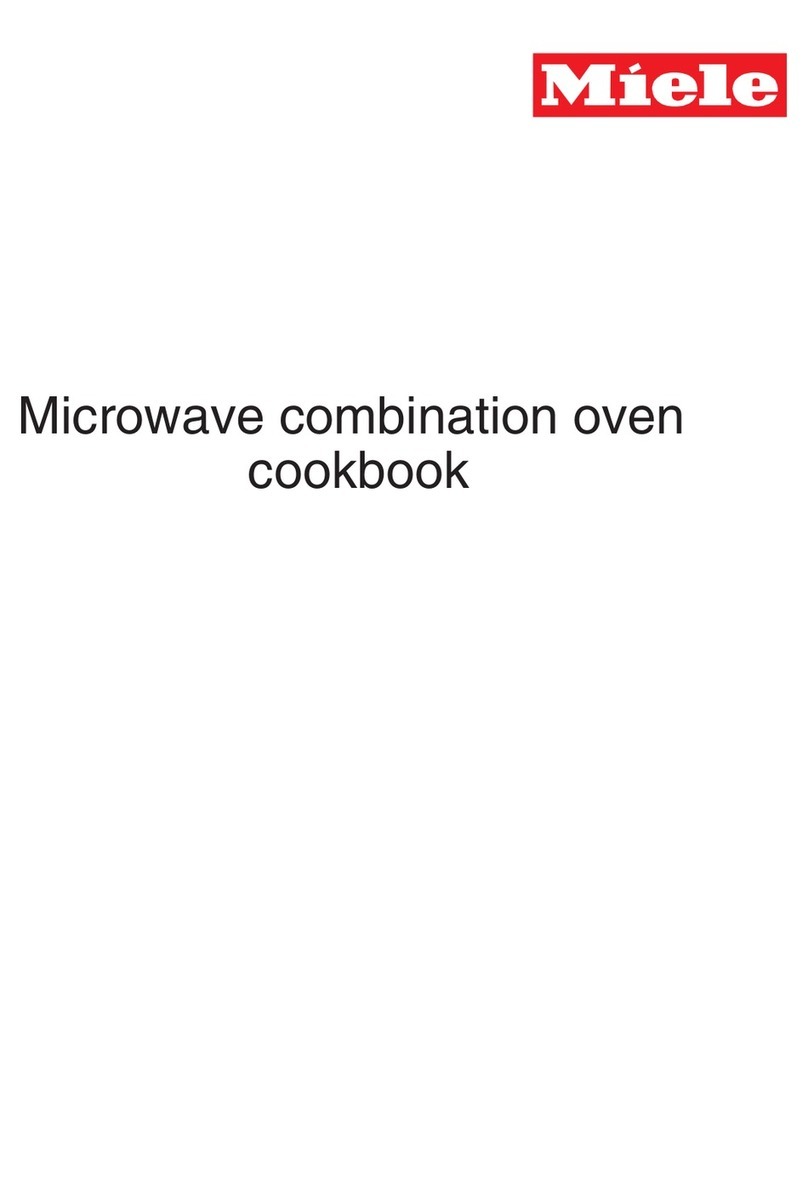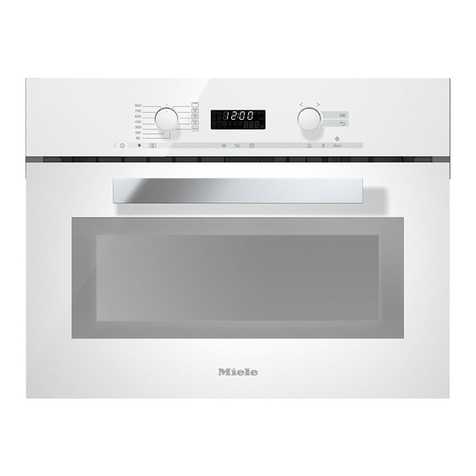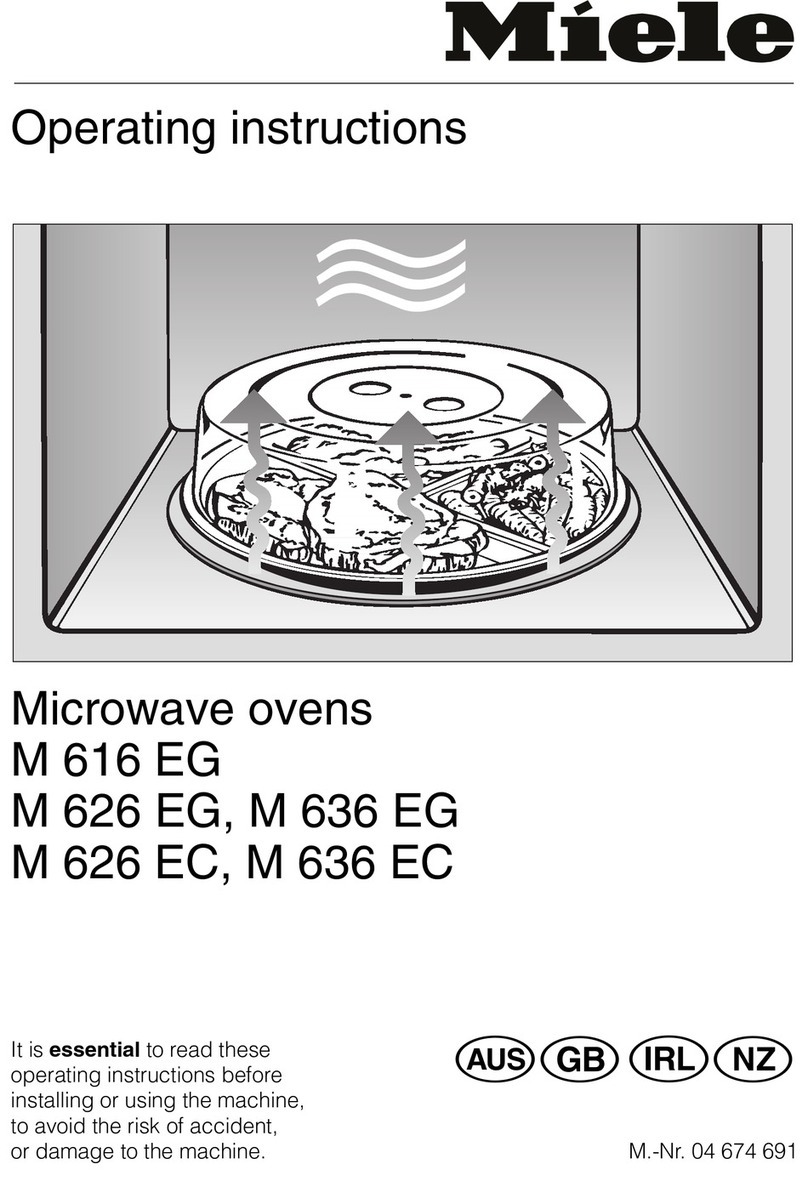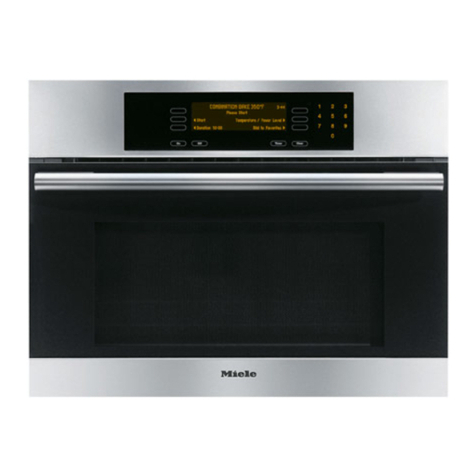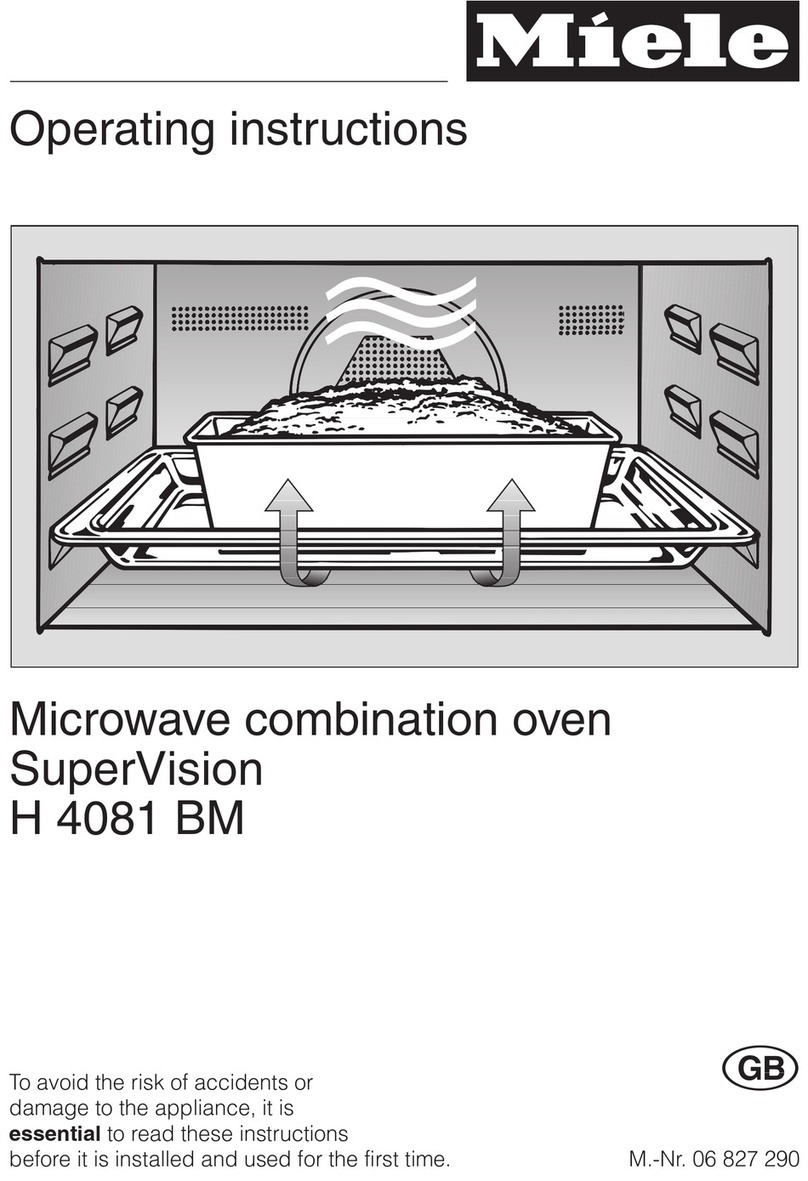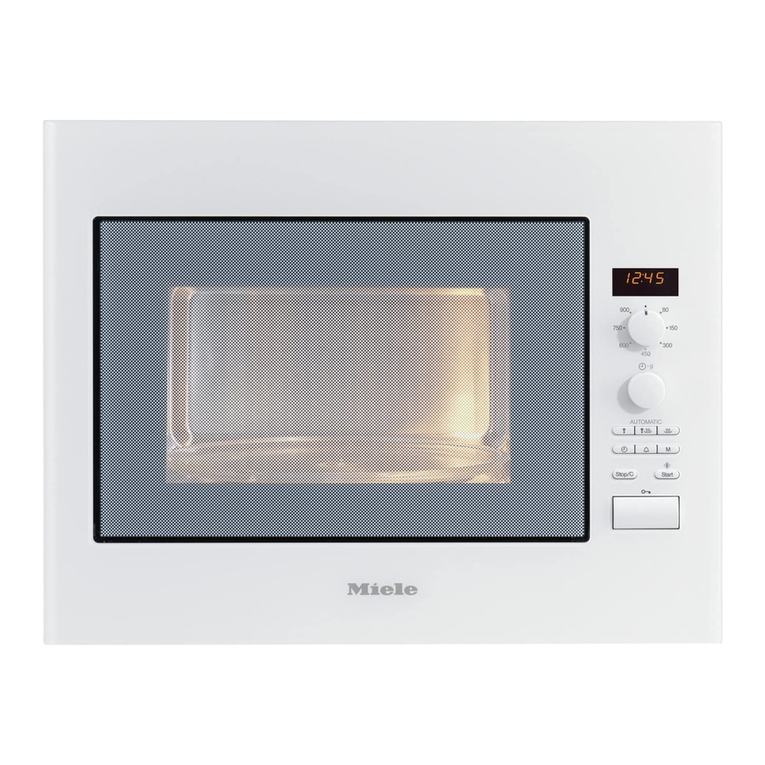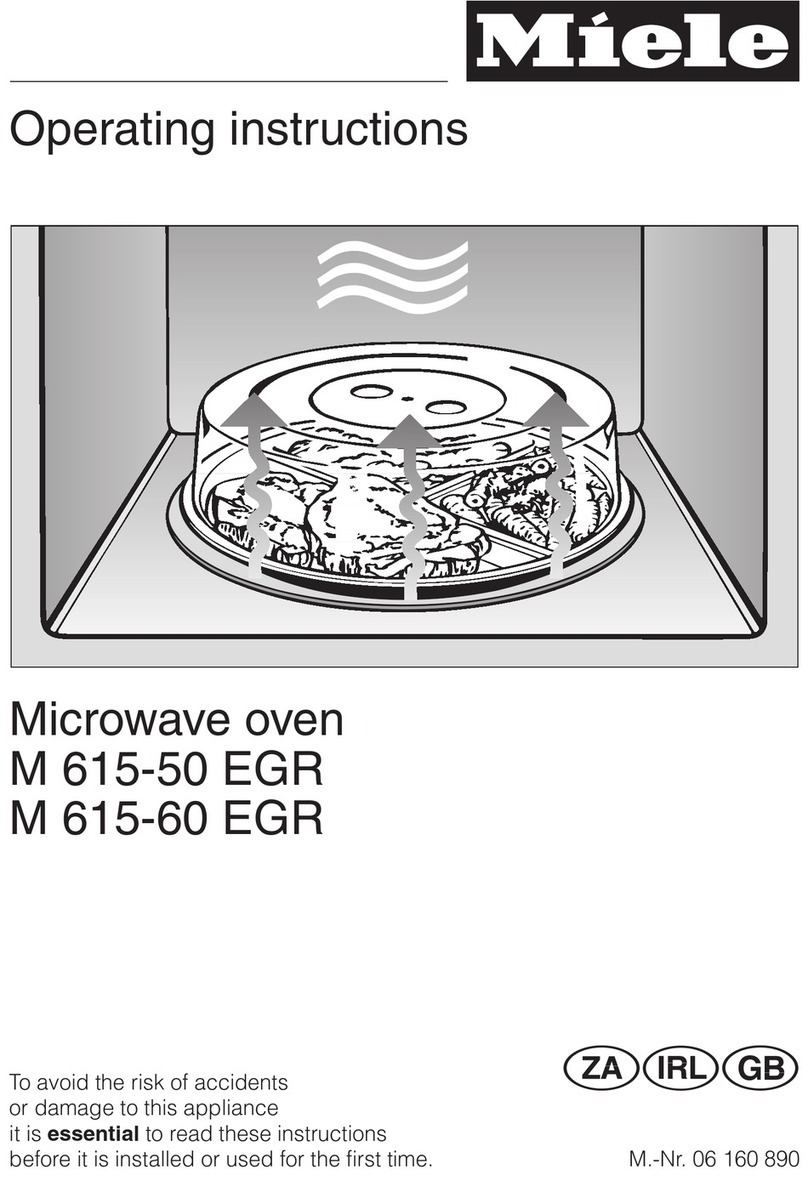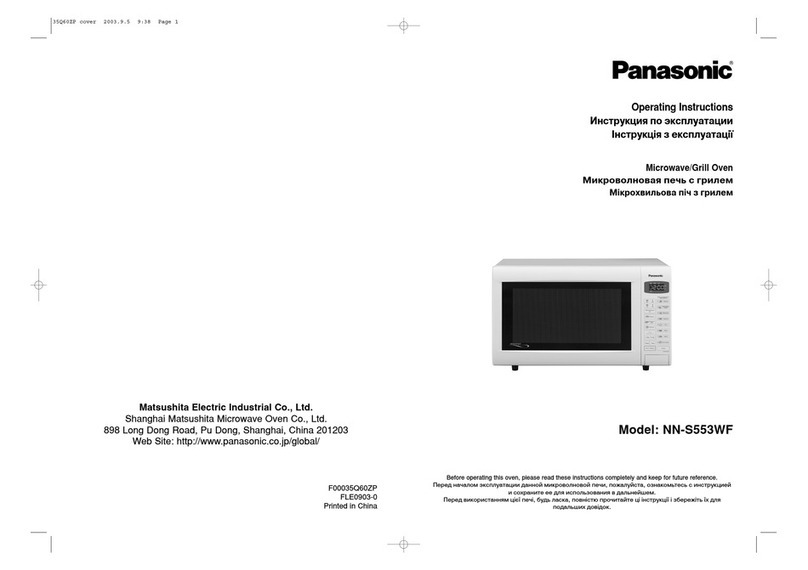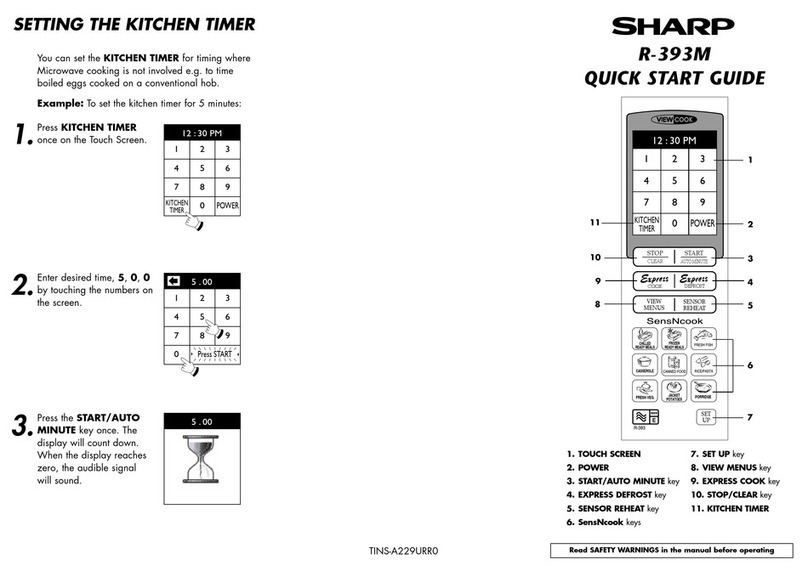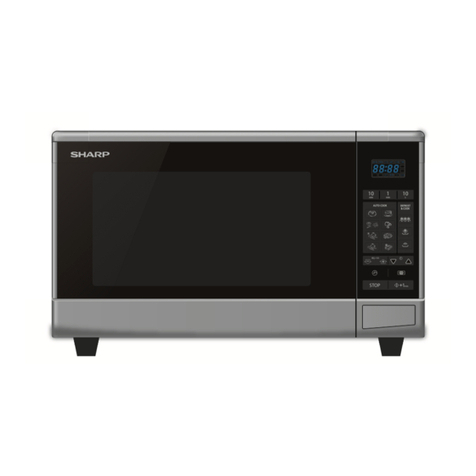Contents
2
Guide to the appliance.......................................................................................... 4
Oven interior and accessories................................................................................. 4
Control panel........................................................................................................... 5
Accessories supplied .............................................................................................. 6
Caring for the environment .................................................................................. 7
Warning and Safety instructions.......................................................................... 8
Description of function ....................................................................................... 19
How the microwave oven works ........................................................................... 19
Modes of operation ............................................................................................. 20
What can a microwave oven do?.......................................................................... 20
Microwave oven functions .................................................................................... 20
Microwave Solo................................................................................................ 20
Automatic programmes....................................................................................20
Suitable containers for microwave ovens......................................................... 21
Material and shape................................................................................................ 21
Testing containers ................................................................................................. 23
The cover............................................................................................................... 24
Before using for the first time ............................................................................ 25
Time of day display ............................................................................................. 26
Set the time ........................................................................................................... 26
Altering the time of day ......................................................................................... 26
Hidden clock display............................................................................................. 26
Operation.............................................................................................................. 27
Opening the door .................................................................................................. 27
Placing the dish in the oven .................................................................................. 27
Turntable........................................................................................................... 27
Closing the door.................................................................................................... 27
Starting a programme ........................................................................................... 27
"door" message ...............................................................................................28
Interrupting or re-starting a programme................................................................ 29
Altering settings..................................................................................................... 29
Cancelling a programme ....................................................................................... 29
At the end of a programme .................................................................................. 29
Automatic keeping-warm function ........................................................................ 30
Quick start (programmable)................................................................................... 30
System lock........................................................................................................... 30
